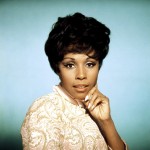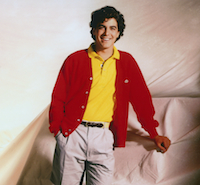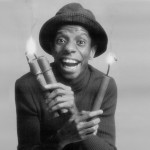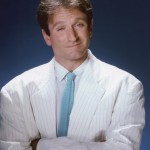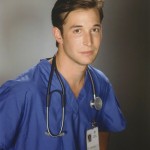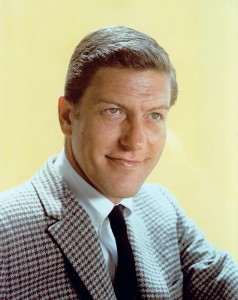 At 88 years old, Dick Van Dyke’s career has spanned seven decades. The Missouri-born actor of film and television fame has inspired multiple generations of comedians with his particularly charming mix of physical and verbal comedy. Van Dyke began performing as a radio DJ for a local Illinois station in 1947. From there, he partnered with a friend to form a touring comedy duo, working the national night club circuit and eventually landing a key role in the 1961 Broadway production of “Bye Bye Birdie.” A natural from the start, the self-trained actor won a Tony award for his performance in the hit musical.
At 88 years old, Dick Van Dyke’s career has spanned seven decades. The Missouri-born actor of film and television fame has inspired multiple generations of comedians with his particularly charming mix of physical and verbal comedy. Van Dyke began performing as a radio DJ for a local Illinois station in 1947. From there, he partnered with a friend to form a touring comedy duo, working the national night club circuit and eventually landing a key role in the 1961 Broadway production of “Bye Bye Birdie.” A natural from the start, the self-trained actor won a Tony award for his performance in the hit musical.
In 1961, CBS gave Van Dyke his own sitcom, “The Dick Van Dyke Show.” The program, which starred Mary Tyler Moore opposite Van Dyke’s character, ran for a highly rated five seasons and cemented Van Dyke in his position as one of the country’s top physical comedians. His ability to adroitly juggle demanding onstage routines with verbal banter was unmatched by any other actor of his time, and he won three Emmy Awards during his tenure as “The Dick Van Dyke Show’s” Rob Petrie.
After “The Dick Van Dyke Show” ended in 1966, Van Dyke went on to lead many more television shows, Broadway productions and films to success. His most notable roles include a Golden Globe-nominated performance as Mr. Dawes in “Mary Poppins,” Richard Harmon in “Divorce American Style,” Caractacus Potts in “Chitty Chitty Bang Bang” and D.A. Fletcher in the 1990 version of “Dick Tracy.”
Comedy & The Live Audience
Throughout his career, Dick Van Dyke’s instinctive, physical comedy relied on the reaction of a live audience. When CBS cast him in “The Dick Van Dyke Show” in 1961, he made sure the studio came equipped with the technology needed to host a live audience in-house during tapings.
“I just don’t see how people do comedy shows without an audience, because they do half the work,” explained Van Dyke, many years later. “They’re the ones that give you the timing. You go with their reaction. And I can’t work without an audience.”
While the three-camera setup was a relatively new and technically difficult method of shooting at the time, it was immediately essential to Van Dyke’s wildly popular sitcom. CBS embraced the format, and it eventually became the standard for sitcoms across the networks.






